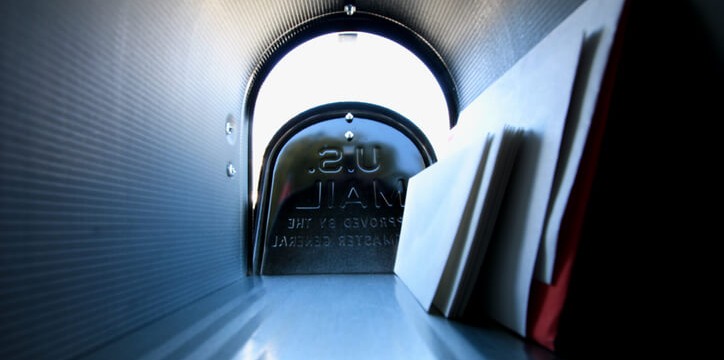
Analyzing Q1 2025 Tariff Impacts on Fleet Maintenance Costs – and What it Means for Your Fleet
In an era of volatile trade dynamics, fleet managers across the U.S. are grappling with the ripple effects of shifting tariff policies. As of Q1 2025, global trade conditions have tightened due to escalating tariffs on automotive parts and raw materials — reshaping how fleets operate, maintain their vehicles, and plan for the future.
This article explores the real-world implications of these changes and offers guidance on proactively managing rising fleet maintenance costs in a climate of uncertainty.
Understanding the Global Supply Chain in 2025
Fleet vehicles today are built with parts sourced from around the world—from electronic components manufactured in Southeast Asia to steel from Europe and powertrains assembled in North America. In 2025, any disruption to one link of this chain can send shockwaves across the entire system.
Key vulnerabilities include:
- Single-source dependencies: Many fleets rely on a few manufacturers or suppliers. When those are based in tariff-impacted regions, prices can skyrocket overnight.
- Just-in-time inventory models minimize storage costs but leave fleets vulnerable to sudden supply chain shocks.
- Geopolitical tensions and retaliatory tariffs: U.S. tariffs on imports have triggered retaliatory tariffs from countries like China, Canada, and Mexico — complicating procurement and logistics even further.
How Tariffs Are Impacting Fleet Maintenance Costs
Though tariff rates change frequently, their cumulative effects are becoming increasingly clear for fleets:
- Higher Parts Prices
Due to added import fees, imported components like brakes, filters, sensors, and drivetrain parts are more expensive. Even domestically manufactured parts may see price hikes as suppliers pass on higher material costs.
- Delays in Repairs and Vehicle Downtime
Limited availability of parts — especially electronic components — means longer lead times and increased vehicle downtime. This bottleneck can impact delivery schedules, driver availability, and customer satisfaction.
- Increased Maintenance Budget Forecasting Complexity
Tariff changes add unpredictability to annual maintenance budgets. Procurement teams now have to monitor international policy as closely as they do mileage reports and wear data.
- Extended Vehicle Lifecycles
Some fleets are delaying the purchase of new vehicles until price volatility settles. This means older vehicles stay in service longer, requiring more frequent and costlier maintenance interventions.
What This Means for Your Fleet Moving Forward
Tariffs are just one part of a much larger equation affecting operational sustainability. But fleet managers can take action now to minimize their exposure to supply chain risk:
Diversify Suppliers
Look beyond traditional vendors to source parts domestically or from non-tariff-impacted regions. Regional supplier relationships offer more agility during trade disruptions.
Stock Critical Components
Build a short-term inventory buffer of essential parts — especially high-failure or long-lead items — to prevent downtime when the supply chain tightens.
Reassess Total Cost of Ownership
When purchasing new vehicles, factor in not just the sticker price, but the long-term availability and cost of replacement parts, as well as serviceability.
Invest in Predictive Maintenance
Use telematics and real-time diagnostics to anticipate issues and schedule maintenance before breakdowns occur — maximizing uptime and cost efficiency.
Monitor Trade and Tariff Policy
Assign someone within your fleet operations team to monitor tariff trends. Staying ahead can mean avoiding price shocks and securing favorable contracts with suppliers.
Preparing for a More Resilient Future
The past few years have made one thing clear: agility is now a requirement, not a luxury. Whether running a small regional delivery fleet or managing thousands of vehicles across the country, the tariff-driven disruptions of Q1 2025 are a wake-up call to evaluate how resilient your operations are.
At IMPROVLearning, we believe more innovative driver training and sharper fleet strategies go hand in hand. Understanding the external forces affecting your fleet and how to respond is as critical to safety as any policy or telematics device.

